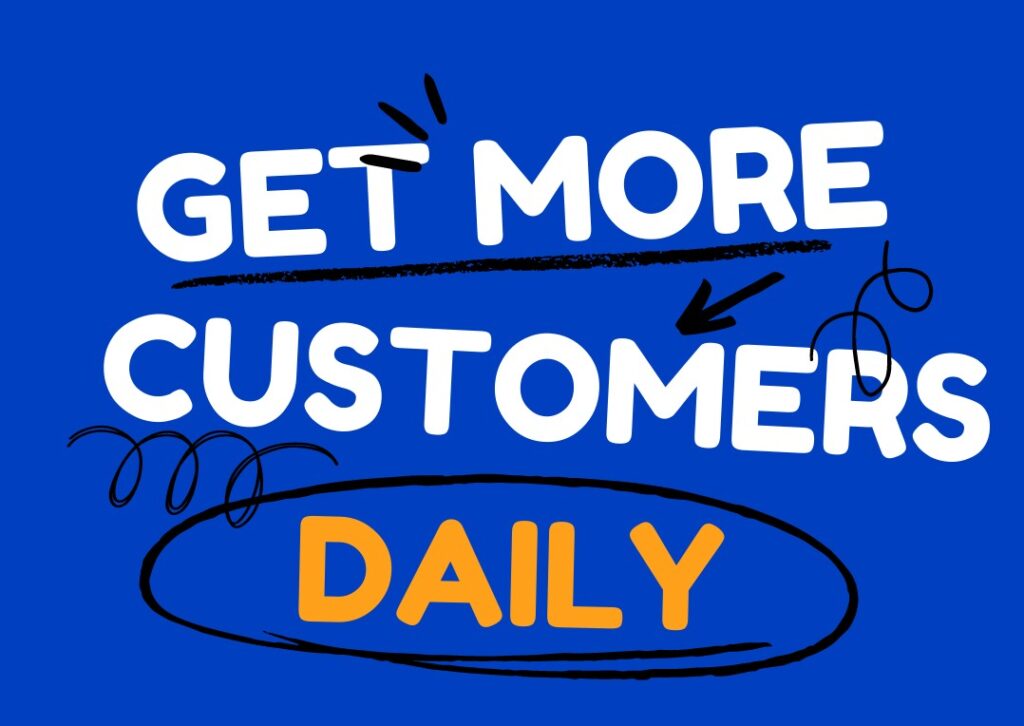Search engine optimization (SEO) has been a tactic that has been used for decades now. We’ve come a long way with it, but with those changes have come a lot of confusion, misinformation, and a long list of other things that could be seen as problems. That doesn’t dismiss the fact that SEO is a website traffic tactic that works when done consistently and correctly. In this short tutorial I hope to help you at the very least understand SEO in today’s world and to help you see if it’s right for you.

Let’s get started by defining what SEO is:
SearchEngineLand.com defines it best in my opinion. “[SEO] means the process of improving your site to increase its visibility when people search for products or services related to your business in Google, Bing, and other search engines.”
Now that is a very short explanation on a very complex tactic that has many moving parts. There is a lot that goes into developing an SEO strategy and staying on top of it to keep your sites in the top of the search engine results. So, let’s look at the steps you need to take to just get started with SEO.
Step 1: Educate Yourself
The very first thing you need to do is educate yourself. There are tons of free SEO courses online that you can start with. Once you feel like you’ve gotten everything out of the free stuff seek out the best professionals to learn from and buy a few courses to help you even further. My biggest piece of advice here to make sure you take notes while learning. I recommend digitally doing this so you can take your notes and arrange them into a step-by-step process that you can implement.
A word of warning: Don’t buy too much stuff and stay away from all the SEO software offers. You don’t need a software product until you need it in that moment so be careful getting too “buy happy” in the beginning.
Step 2: Do Keyword Research
This is step 1 in actually doing SEO for your website, but I’ve listed it as step 2 because you have to learn first before you can do any of these other steps.
Keywords are the foundation of everything you will do with your SEO efforts. Finding the right keywords is absolutely vital to your success. These are words that your target audience would put into a search engine to find what you provide/offer. You have a lot of options when it comes to doing keyword research, but I recommend investing in a keyword research tool that is specifically made for SEO.
Keyword research is something you will continually do. Establish some good keywords to get started with, measure your results with them, and add and remove what you need to focus on.
Step 3: Create Keyword Focused Content
I’m sure you’ve heard it before, but I’ve got to say it. Content is king, and good content is what will make the search engines recognize you. But you’ve got to create quality optimized content, so the search engines and your target audience find your content.
There are several keyword strategies that are used when it comes to creating content.
Some of them are:
Have primary and secondary keywords for your content.
Don’t “stuff” keywords into your content. Your content should focus first on the reader and second on the search engines.
Include at least 1 piece of “rich” content (images, videos, etc.) within your written content.
Use an SEO plugin (if you’re using a WordPress blog to publish your content) to help you put all your keywords where they need to go.
I could go on and on here because there are many more of these strategies that you need to learn and follow, so do a lot of research in this area of SEO.
Step 4: Understand Technical SEO
Technical SEO are things like the load speed of your site, your site being secure, your site being mobile friendly, etc. Research technical SEO best practices and you’ll find a lot of information of what to pay attention to in this area. Do not ignore this part though. If your technical SEO isn’t paid attention to all your SEO efforts could be for nothing.
Step 5: Build Your Backlink Portfolio
All the steps above are considered on page SEO, but the other side of SEO are off page SEO tactics and the biggest one is getting backlinks. Each time you get a backlink it’s like getting a vote and the search engines count these “votes”, but not all votes are created equal. Links from high traffic websites that have a lot of “authority” provide you with the most benefit, but that doesn’t mean you shouldn’t work for the smaller links too.
There are many link building strategies out there and other off page SEO strategies. Put some serious research into off page SEO because it’s another vital factor in your SEO efforts.
Step 6: Keep Up To Date
SEO started decades ago and the number of changes that has happened since then are mind boggling. Even today things are being updated, changed, and at any time the search engines could make changes and you could find your website on page 99 instead of at the top of page 1. It’s very important that you keep up to date with the ever-changing industry. Find 2-3 sites to follow for all of your SEO news and updates.
Step 7: Grow Your SEO
The last step here is to bring in an SEO professional/agency. There’s only so much you can do on your own with SEO. It’s a big strategy, but one that pulls in seriously targeted website traffic if done properly. Once you have found that you’re getting results and you can’t grow your traffic any further on your own then it’s time to build a team or hire an agency to help you.
You can find agencies and professional SEO experts to help you by doing a search on your favorite search engine.
As you can see there is a lot that goes into an SEO strategy, but it’s a long-term strategy that’s been around for a very long time and it works if done properly. Educate yourself, implement, and grow are the biggest keys to your success with SEO!
Until Next Time
Dominus Owen Markham
If you need any help with your online business, fill out the form below for your FREE CONSULTATION:








